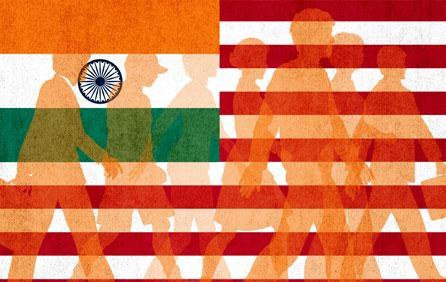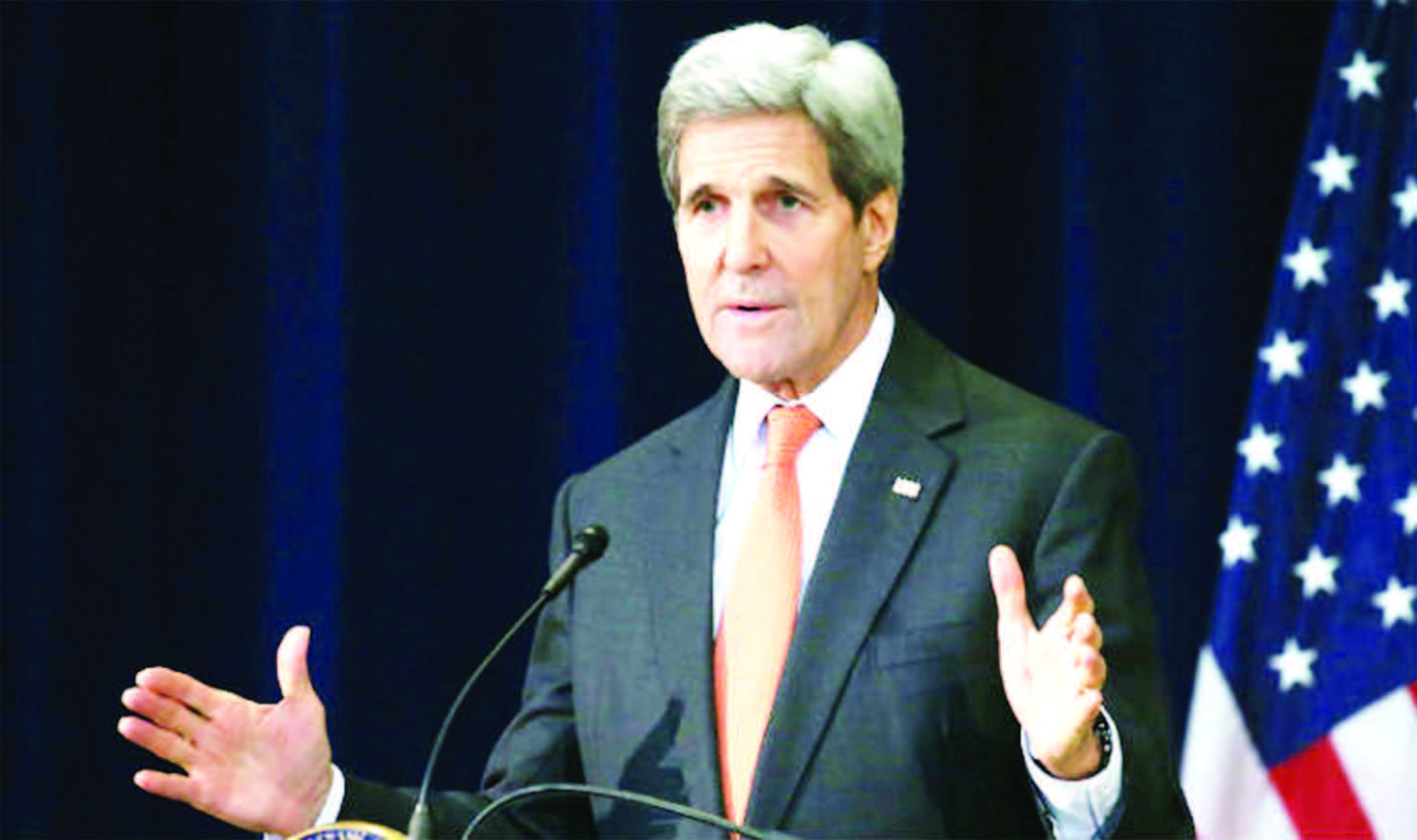
“The Indian-Americans have been moving the pieces, both in the States and at the Federal level, which each successive government in Delhi has learnt to leverage to its benefit. The Presidential race receives the greatest traction among election watchers but it will be prudent to pursue the progress of the Indian-Americans in the Congressional races with greater interest”, says the author
For the first time in over 60 years, there is a distinct possibility that results of elections in the United States for the Congress may result in more than one Indian-American becoming a lawmaker on the Capitol Hill. From among the 3.4 million-strong Indian-Americans, a handful of them are in the race.
It is a no-brainer to state that the attention of the world is riveted on the intense electoral battle in the US for one of the most-coveted jobs on planet earth -President of the United States of America (POTUS)
By the night of November 8, the US and the world should have a fair idea as to whom the Americans entrust with to run the affairs of the state nay the world. Will it be a quintessential politician Hillary Clinton or an untested realty mogul Donald Trump, who hopes to ride into office whipping up “anti-established politician” foam?
By now millions of words – written or spoken- predicting the impact of this bruising campaign on the polity and anticipating what the outcome of these elections will signify to world has been done. Political gurus in each country are busy interpreting what a first woman or a political rookie, as the POTUS, will presage for their country.
Like rest of the world, India too is zealously following elections in the country where Indian-Americans remain deeply engaged with the process. While it is natural for the focus to hover on the big fight, poll-watchers at home should not lose sight of a significant development during these elections.
For the first time in over 60 years, there is a distinct possibility that results of elections in the United States for the Congress may result in more than one Indian-American becoming a lawmaker on Capitol Hill.
From among the 3.4-million-strong Indian-Americans, a handful of them are in the race. A few for the office as a Representative and one for the prestigious Senate. This shows that the community is confidently working its way up the political ladder in the land they or their predecessors opted for.
The six-decade-long march by Indian-Americans to seek political empowerment in the Congress begins with Dalip Singh Saund. Born in Chajjalwadi village, near Amritsar, in 1899, he went to the US to study. He chose to stay back and, and fought for naturalization rights of Asian migrants that eventually came through in the late 1950s.
Mathematician, judge and author Saund was the first Asian-American elected to the House in 1956 on a Democratic Party ticket and went on to serve three terms. To commemorate Saund’s contribution, his oil portrait now adorns the Cannon House Office Building Rotunda with his words: “There is no room in the United States of America for second-class citizenship”. Since then, two more Indian-Americans served in the US Congress as Representatives, Bobby Jindal (from Louisiana as a Republican) and currently Ami Bera, a physician who challenged and won against Republican Dan Lungren in 2012 from California‘s 7th District. Gera’s father Babulal, who hails from Gujarat, was convicted this summer by a court for campaign funds fraud.
While Ami Bera is up for re-election, prominent among others are, Rohit “Ro” Khanna, a challenger in the 17th District of California (located in the heart of Silicon Valley), Raja Krishnamoorthi from the 8th District of Illinois (consisting West and Northwest suburbs of Chicago) and Pramila Jayapal from the 7th District of Washington (Seattle area). Kamala Harris, is running for the Senate from California, a state where she holds the distinction of being the first woman Attorney-General. She is qualified for either community Indian-American or African-American like the President, to claim her as own. Her cancer researcher mother Shyamla migrated from Tamil Nadu to marry a Jamaican economist, both divorced later.
Incidentally, all these candidates are Democrats, validating a study by the Pew Research Centre some years ago that of all the Asian-Americans groups in the United States, some 65 per cent of Indian-Americans tend to lean towards the Democratic Party as against the national average of 50 per cent for the immigrants from the continent. Kamala, with 40 cent votes in the primary, is challenging Democratic Representative Loretta Sanchez (19 per cent votes). Both are contesting for the seat vacated by Barbara Boxer. The Economist, in its latest edition, sees her as the star in next Senate amid a not-so-young party leadership. Kamala enjoys the support of President Obama and endorsements of Senators Boxer and Dianne Feinstein, to the discomfort of her Latino opponent.
Among the favorites tipped to make it is social activist Pramila Jayapal, running for the office for a seat vacated by veteran Democrat Jim McDermott. She joined McDermott, who served as the Chair of India-Caucus in running the “Hate Free Zone’ campaign against attacks on Sikhs, Arabs and Muslims in the State post-9/11 phase. In the primaries, Jayapal with links to Tamil Nadu got some 42 per cent of votes as against 21 per cent by Brady Walkinshaw, also a Democrat. The State rules permits names of top two finishers on the ballot, irrespective of party affiliation.
Raja Krishnamoorthi’s campaign received a boost this summer when President Obama released a video endorsing candidature of “a good friend” who helped “develop ideas for building an economy that works for everyone” when Obama ran for the US Senate and Raja served as Obama’s policy adviser. He said, “Raja’s plans will help small businesses grow, raise wages, and help families pay for college”.
Not quite on the same page as Raja, Ro Khanna received an endorsement from former President Jimmy Carter. Ro came into the limelight when President Obama appointed him Deputy Assistant Secretary in his first term. Ro is challenging veteran Democrat Mike Honda, an Asian-American with established credentials in the Congress.
Indian-Americans figure among the highly educated ethnic groups, with some 70 per cent in the 2010 Census shown as having a median annual household of$88,000. Besides IT, Indian medical specialists and researchers in various fields and academia form the backbone of the country-specific groups’ presence in the land of immigrants. The Indian-Americans have been moving the pieces, both in the States and at the Federal level, which each successive government in Delhi has learnt to leverage to its benefit. The Presidential race receives the greatest traction among election watchers but it will be prudent to pursue the progress of the Indian-Americans in the Congressional races with greater interest. The next administration will need to deal with the Capitol Hill.
(The author can be reached at kveprasad2007@gmail.com)








Be the first to comment